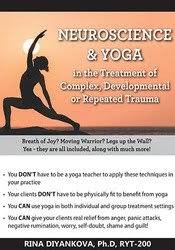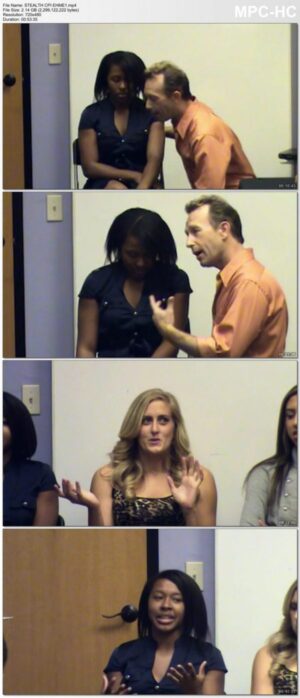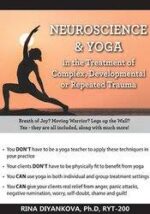This recording will bring you up-to-date on the latest and most relevant neuroscience research as it relates to trauma. It will also help you demystify yoga and understand how it can help.
Irina Diyankova – Neuroscience & Yoga in the Treatment of Complex, Developmental or Repeated Trauma
The last two decades of neuroscience research have advanced our understanding of the impact of trauma on our brain and nervous system. It showed us that regular talk therapy is not enough to treat the impact of trauma, because it lives in structures of the brain that do not respond to the words. We also learned that body-based practices like yoga have a very positive impact on the health and well-being of trauma survivors.
This recording will bring you up-to-date on the latest and most relevant neuroscience research as it relates to trauma. It will also help you demystify yoga and understand how it can help. You will learn specific techniques and tools that you can use in individual and group work with your clients, as well as teach them and encourage the use of those tools outside of your office. You don’t have to be a yoga teacher to integrate those techniques – they are simple and accessible to you and your clients regardless of physical or other limitations.
What You Should Have on Hand
Yoga/exercise mat
Water bottle
Wear comfortable clothing
Analyze the neuroscience research regarding the impact of trauma on the brain and nervous system as it relates to clinical treatment.
Describe the “window of tolerance†and how to use it to inform treatment planning and interventions.
Provide psychoeducation to clients regarding the specific characteristics of yoga that help reduce symptoms of trauma.
Utilize yoga techniques to help improve clinical outcomes related to specific diagnosis.
Demonstrate specific yoga techniques to use with clients in individual and group treatment settings.
Educate clients about the clinical benefits, limitations and potential risks of utilizing yoga techniques in a clinical setting.
Would you like to receive Irina Diyankova – Neuroscience & Yoga in the Treatment of Complex, Developmental or Repeated Trauma ?
Neuroscience of Trauma
How the brain and nervous system are affected during trauma
Window of tolerance
Brain structures implicated in PTSD
Storage of traumatic vs. normal memories in the brain
Inability to process
What Makes Yoga Suitable for Trauma Survivors?
Brief introduction to yoga
Research findings and limitations
What yoga CAN and CANNOT accomplish in the treatment of trauma
Importance of focusing on the present moment
Increase the ability to tolerate pain and discomfort
Calm down the amygdala and sympathetic nervous system
Shift brain from negative bias to positive focus
Specific Yoga Techniques and Clinical Applications (with Lab)
Breath of Joy
Moving Warrior poses
Simple vinyasa (with visualization)
Meditation with mantra
Legs up the wall
Using yoga in individual treatment
Using yoga in group treatment
Limitations and potential risks
Educating Clients
Importance of personal yoga practice
Use neuroscience knowledge to explain the impact of trauma and usefulness of yoga
Referrals to appropriate classes
Teach one skill and encourage practicing it








